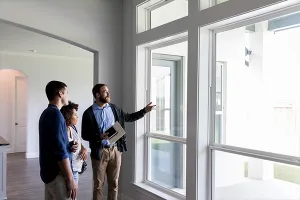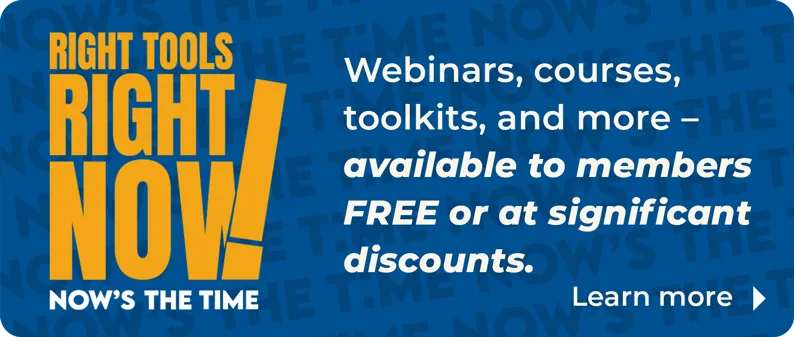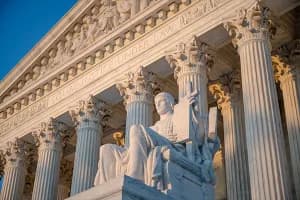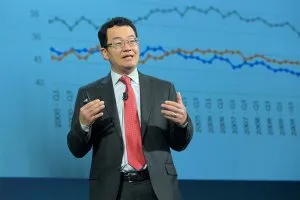
About 1.62 million borrowers are still in pandemic-related forbearance programs. As these programs expire, a foreclosure crisis is unlikely because about 98% of struggling borrowers have built at least 10% equity in their homes, CNBC reports.
Rising home prices may help with providing a cushion for borrowers who have had to put their mortgages on hold during the pandemic, housing experts said to CNBC.
“Such strong equity positions could help limit the volume of distressed inflow into the real estate market as well as provide strong incentives for homeowners to return to making mortgage payments—even if needing to be reduced through modification,” said Ben Graboske, president of data and analytics for Black Knight Inc.
Housing equity surged by nearly 40% compared to a year ago and is at a record high, according to a report from Black Knight. The average mortgage holder now has $173,000 in equity.
As a result, while some borrowers put their mortgage on hold during the pandemic, they were still likely to build some equity in their properties. Borrowers were allowed up to 18 months of forbearance on their mortgages under pandemic-related aid. Those programs are starting to expire, CNBC said.
Foreclosure starts did increase in August, climbing 27% compared to July, according to ATTOM Data Solutions. But those increases are based on a time of very low foreclosure activity when forbearance programs essentially brought them to a standstill.
“As expected, foreclosure activity increased as the government’s foreclosure moratorium expired, but this doesn’t mean we should expect to see a flood of distressed properties coming to market,” said Rick Sharga, executive vice president at RealtyTrac. He expects foreclosure activity to increase over the next three months as loans that were in default prior to the pandemic reenter the foreclosure process. But Sharga said he thinks foreclosures will remain below normal levels through the end of 2021.








